Continued from Part 2…
We both slept extremely well following our trip to the spa yesterday, and after a little lie-in decided to go for a drive up to the Cotswolds.
Aiming for an abbey on the far side of the hills, we first arrived in the medieval market town of Burford. This was a beautiful little village with the main road lined with lovely little country shops, cafes, and pubs. We started with the very active church by the car park, lots of locals chatting and working away.
Walking up and down the hill, we bought a couple of knick-knacks, then stopped in at Huffkins bakery for a drink and a slice of lemon drizzle cake (since it just hit elevenses). Huffkins seems to be the Betty’s of the Cotswolds, they make everything by hand, and their cake was delicious.
There was also a pub with a sign outside saying “Buy any 2 drinks & pay for them both!”, which we thought was funny.
From Burford, we continued on the road through the Cotswolds up to Hailes Abbey. By the time we arrived, the heavens had opened, and we had to walk around the ruins in the rain. Helen spent most of her time in the indoor museum, but I braved the storm and explored outside.
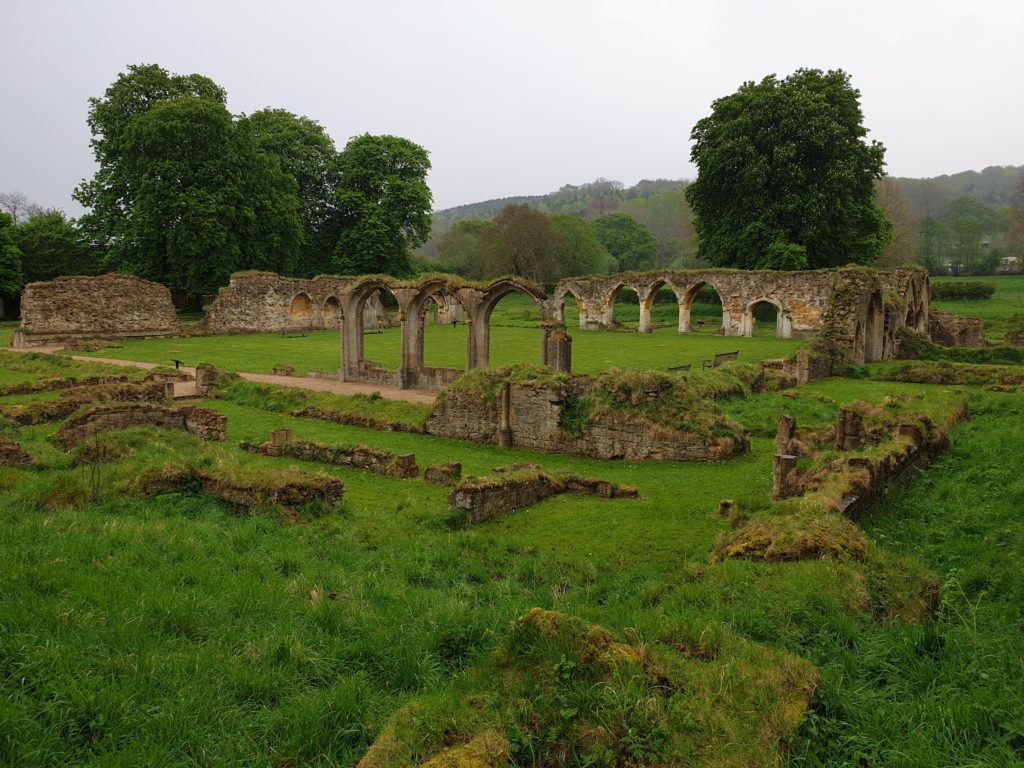
The Cistercians were a sect that branched off from the Benedictine order to follow the rule of St Benedict more strictly. Hailes was one of the most famous abbeys during the middle ages, hosting a relic that was believed to hold some of Jesus Christ’s blood. This artefact brought thousands of pilgrims to the site from all over the country, and is what brought the abbey its riches.
Not much remains of the Abbey today, this 360 degree view is taken from inside what would’ve been the main cloister. The Cistercian monks were known for their technological advances in engineering in medieval times, and it’s evident by one culvert built for the abbey for running water and drainage, that still works today after nearly 8 centuries (you can see the running water in the image below).
The indoor museum held a lot of beautifully carved stone blocks used in the construction of the original abbey, making up parts of the structure. These two carvings came from the ceiling of the chapter house, and were painted in bright colours. Some of the paint can still be seen (mostly red).
Just as we got back in the car to go to our next destination, the rain stopped, so we drove to Tewkesbury in relative peace. On arrival, we took a walk around town, and just as we were drying out it started to rain again, so we ducked in to a little tea room called Tilly’s for lunch. We both had a toastie and a handful of salad while we waited for the rain to stop, before walking to Tewkesbury Abbey.
In contrast to Hailes Abbey, Tewkesbury Abbey was still whole, and still in use. On approach it doesn’t look so big, but as you move around the side it opens out in to a huge building.
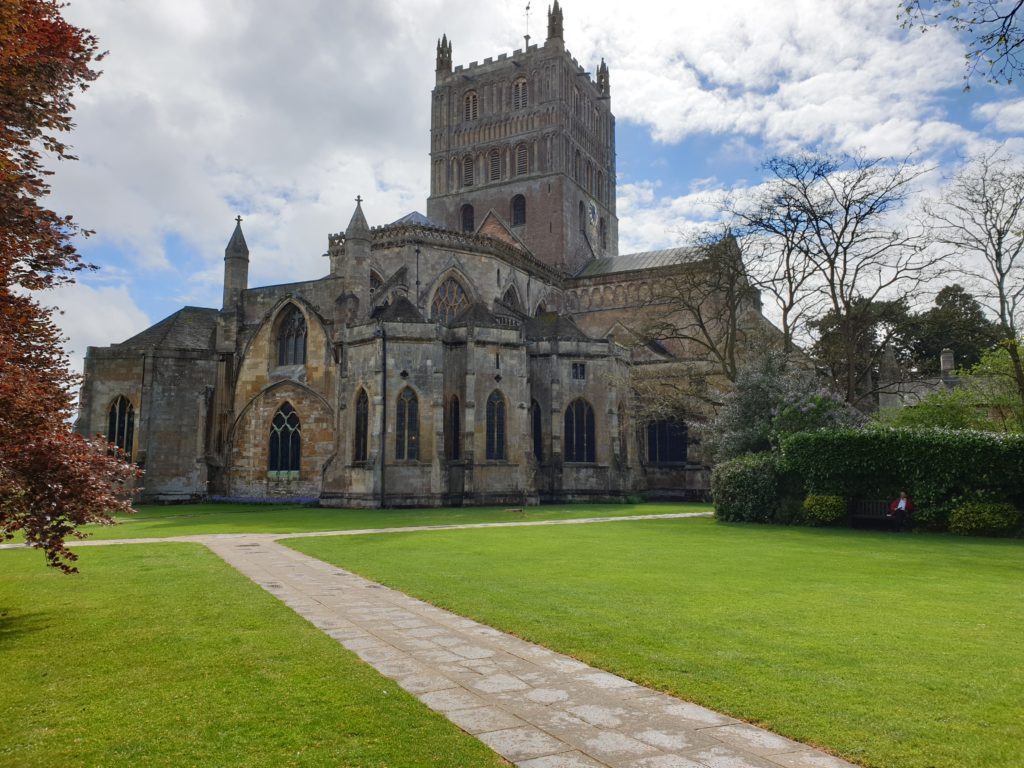
The inside of the abbey feels enormous, the ceilings are very tall, and while it doesn’t have as many chapels as a lot of other abbeys and cathedrals we’ve seen, the couple it does have are beautiful.
There was also a lot of impressive – and very colourful – stained glass here.
The abbey was closely surrounded by a lot or trees, so it was hard to get a good picture of it. Pretty much every good angle was blocked by something! On the far side of the outside of the abbey, I found some intricate carvings that looked like they belonged on the INSIDE of a building, so I did a bit more digging.
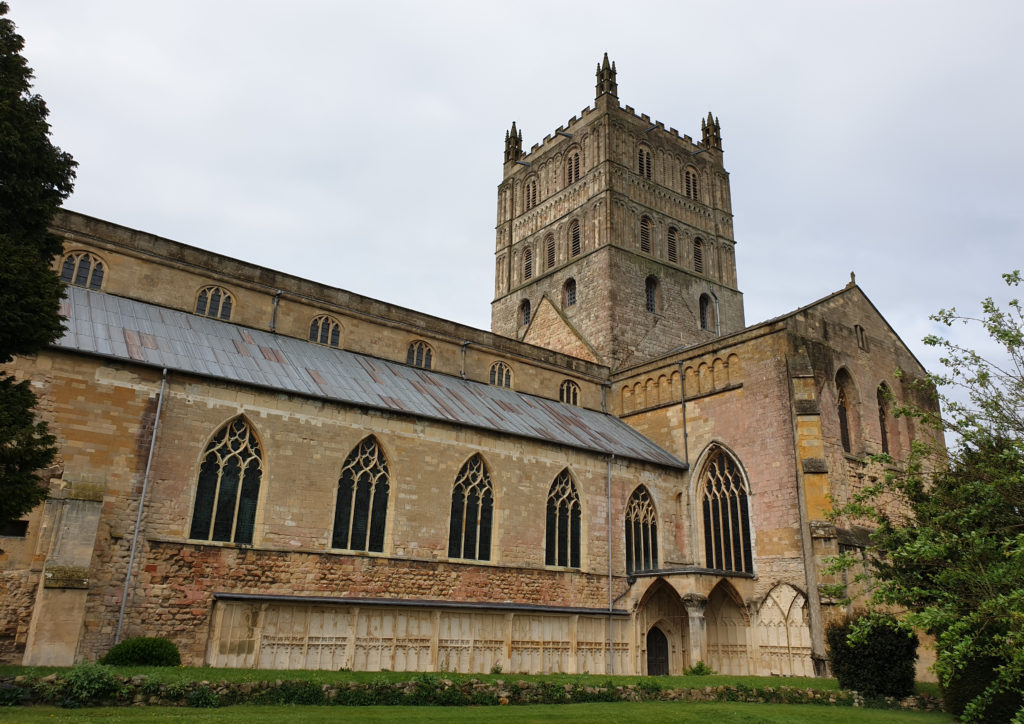
On this side of the abbey once stood a much bigger set of buildings. The carved area here once lined the cloister of the Benedictine Monastery, with various monastic buildings joining on to it.
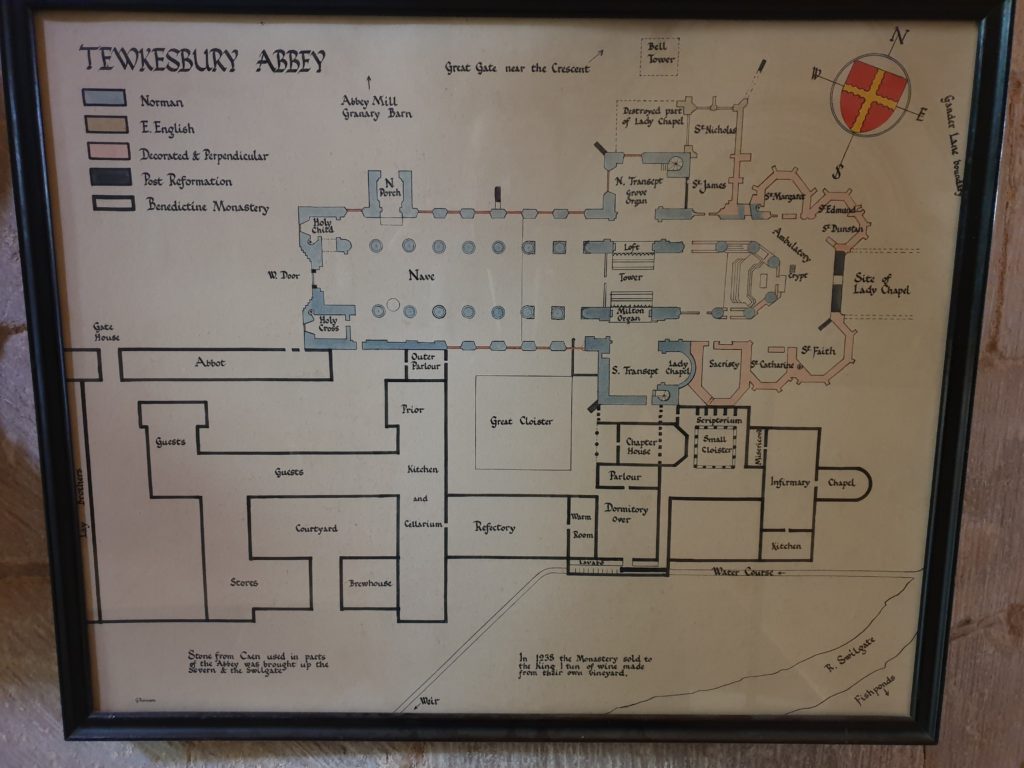
I had a chat with one of the custodians of the abbey who said that the monastery buildings had been pillaged for stone hundreds of years ago, but the abbey itself remained intact. He also said that most of the time the monastic buildings that were attached to an abbey would be built on the South side of the abbey so they would get more sun all year round, since the cloister was where the monks would spend a lot of their time caring for plants and flowers. I never knew there was that much science in how the monasteries were built, but apparently they were better designed than I thought!
Another quick walk around Tewkesbury, and we got in the car again to head to our next destination: Cirencester. When we arrived it was coming on to 4:30pm, so we decided to have a quick run around town and get to the museum before everywhere shut for the evening. Oddly though, we found that the town was already starting to close up. One bookstore owner told Helen he was closing early to do his taxes! A stark contrast to Oxford where we’d been the last 2 nights that was open till 8pm.
We got to the Corinium Museum just 30 minutes before it was due to close, and we were told we wouldn’t make it round in time, but I was insistent and wanted to see the Roman mosaics, so they let me in as a concession while Helen went to check out the rest of the shops.
There were some enormous mosaics here, all dug up from around Cirencester (or Corinium in Roman times). Each of these three were 2-4 metres squared, made up of thousands of tiny stones.
Of all the trinkets that were on display, the ones I found most interesting were a set of “ring keys”. Rings that had keys on them, used to open small lock boxes (number 8 on the image below). I thought these were very clever.
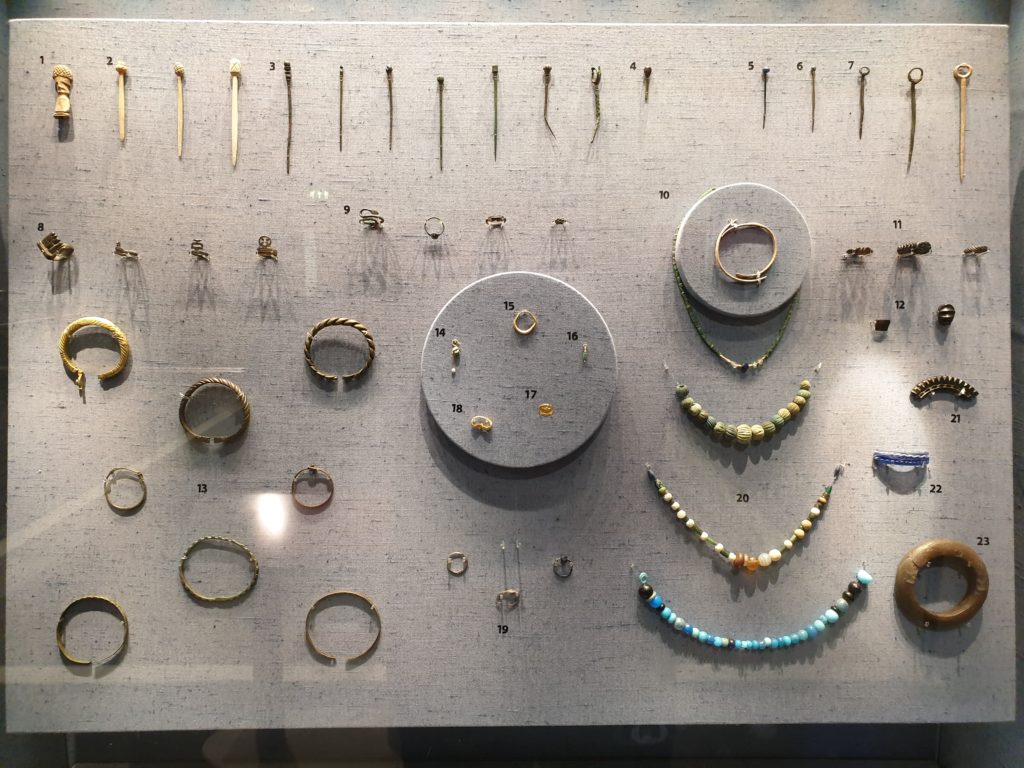
I also discovered that the population of Cirencester has risen and fallen dramatically over the last 2 millennia. At the height of Roman Corinium (around the 5th century), around 15,000 people lived here. Then after the fall of the Roman Empire, the population was recorded at just 56 in 1086 (by the Domesday Survey), rising back up to 574 during a survey in 1381. Today the population is around 20,000, so it’s now a similar size to its Roman heyday.
I was eventually asked to leave the Museum (some people stay in pubs after closing, apparently I stay in museums), and wanted to take a look at the Cirencester Amphitheatre earthworks, but there’s no easy way to walk there from the town centre, so I just went to catch up with Helen instead who was having a drink in a pub called the Crown.
Right outside the pub stood the St John Baptist church. Naturally it was closed by this point, but was still a nice building to circle. The church itself was built in the 12th century, with an adjacent town hall being built on to the side of it (the lighter coloured building) in the 15th/16th century.
We’ve never seen a town hall building like this built onto the side of a church before, so it was a strange sight for us. I wanted to find more information about it, but everything was closed at this point unfortunately.
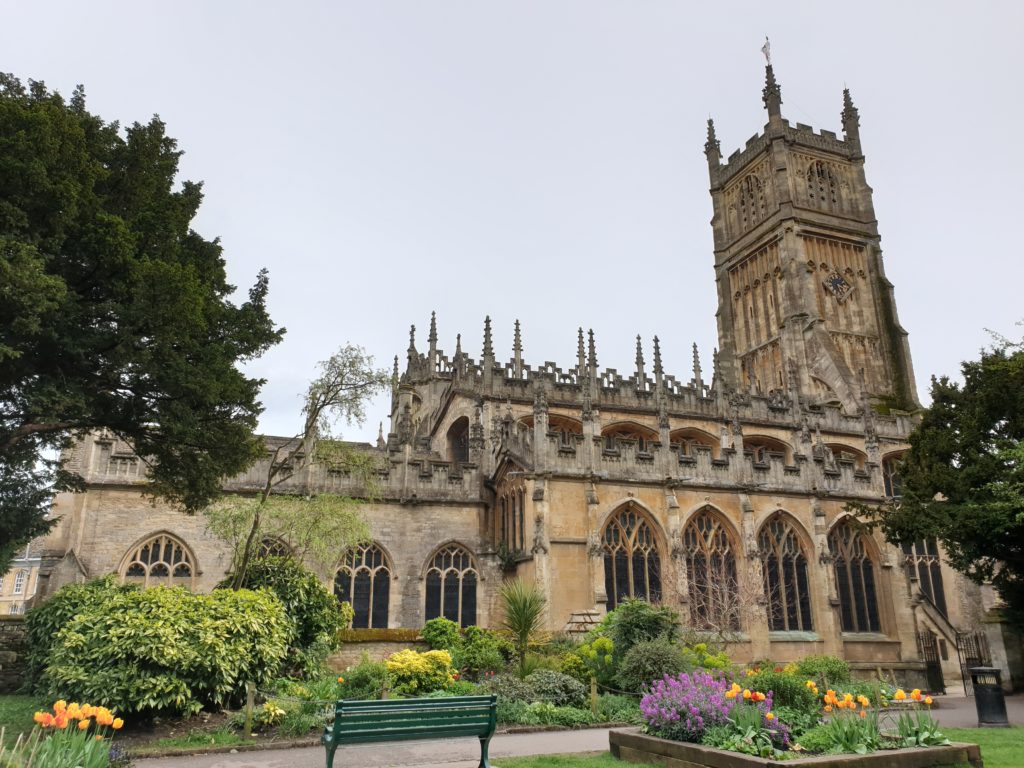
The church was very closely surrounded by buildings on the town-side, but the other side gave a nicer view.
As dinner time rolled on, we found a Thai restaurant called Thai Emerald that was absolutely delicious! Helen had a massaman curry with sticky rice, while I had roast duck with stir fried vegetables. Possibly the best Thai meal either of us have had! Very good service too, definitely recommend this place.
Full of food, and with traffic dying down after rush hour, we set off back towards Oxford to return to our hotel. On our way back, we drove through a beautiful little village called Bibury, where I had to pull over to take a few photos as the Sun was starting to set.
We arrived back to the hotel around 8pm, just in time to write this blog, then climb into bed!

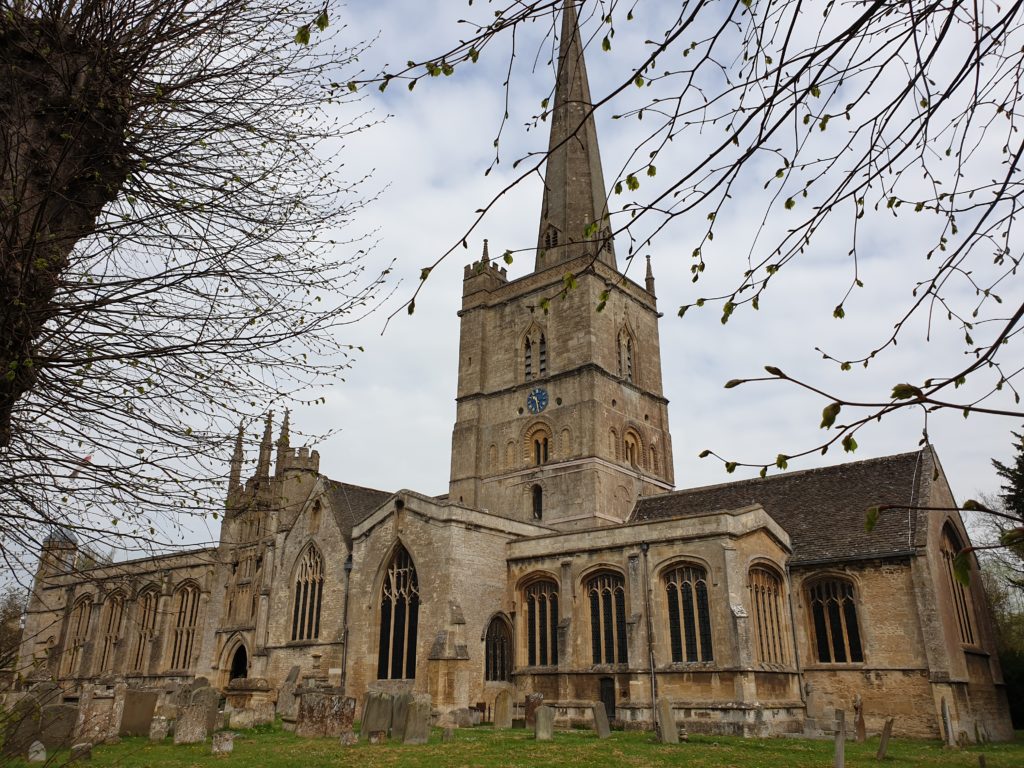
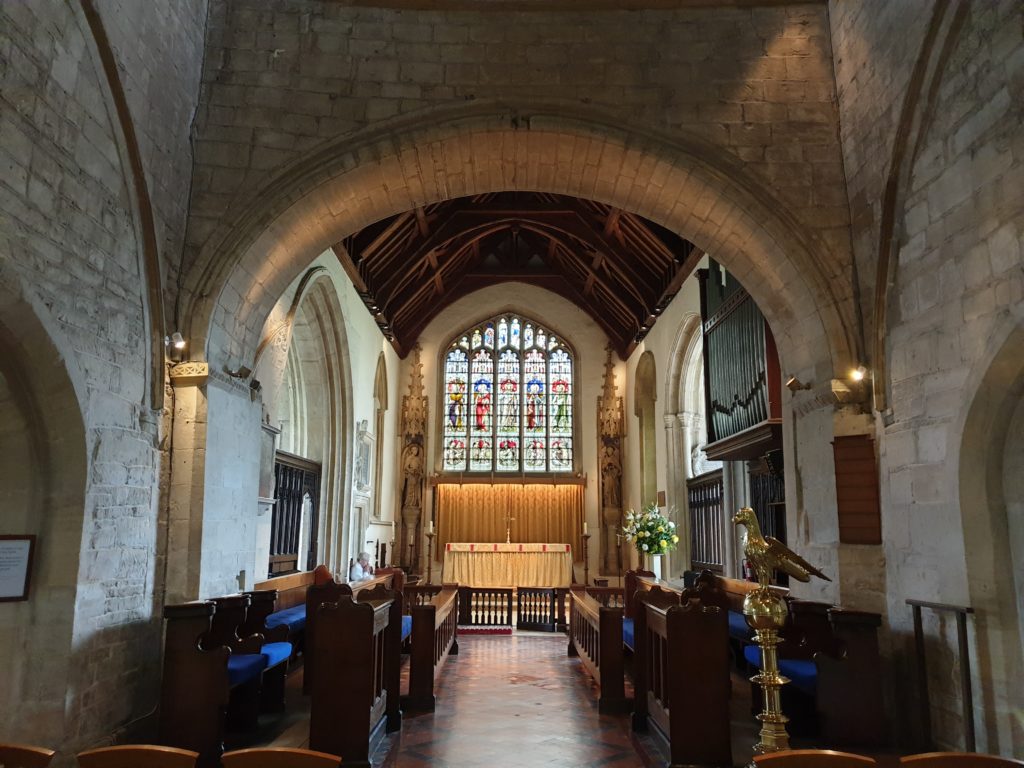
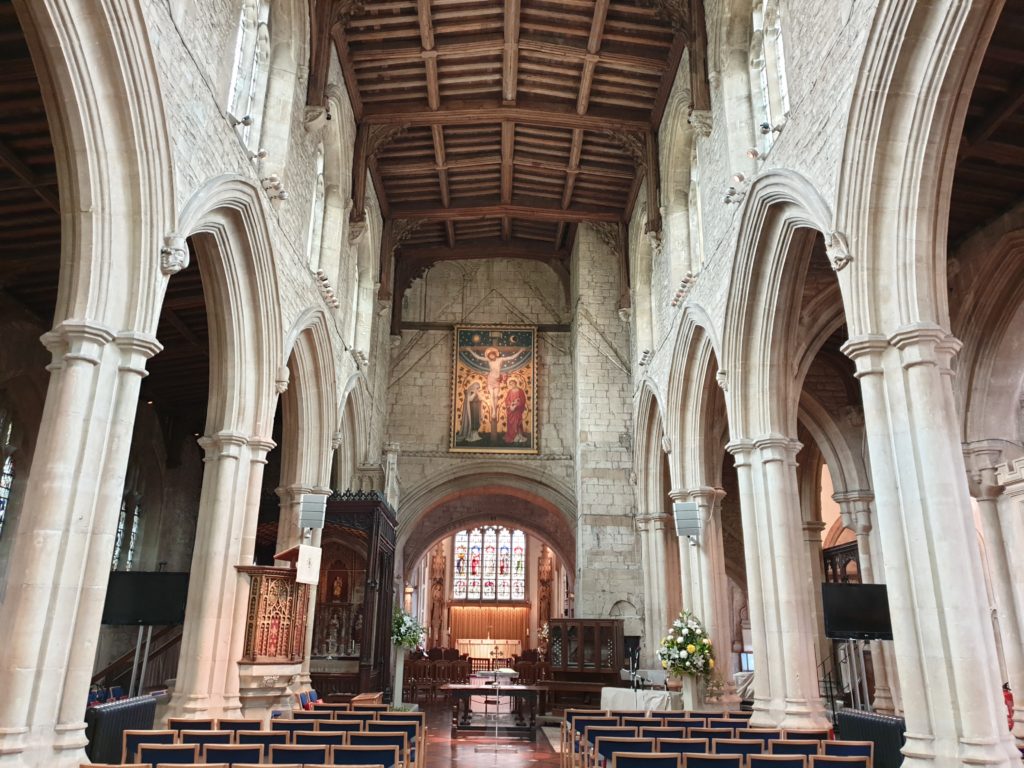
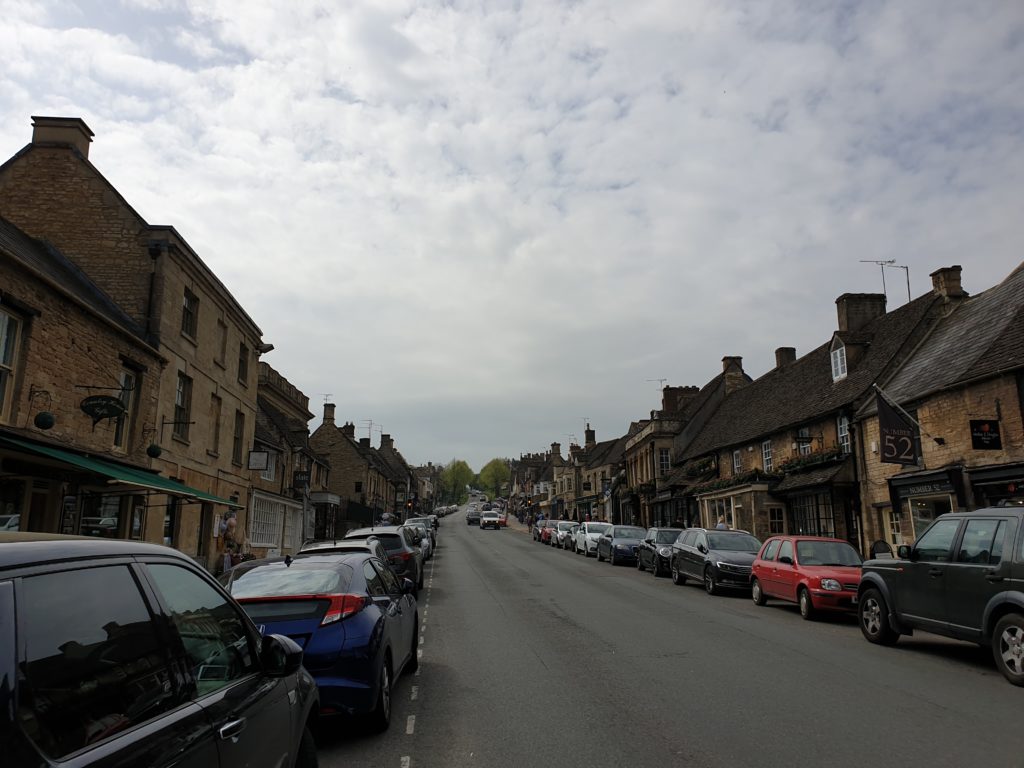
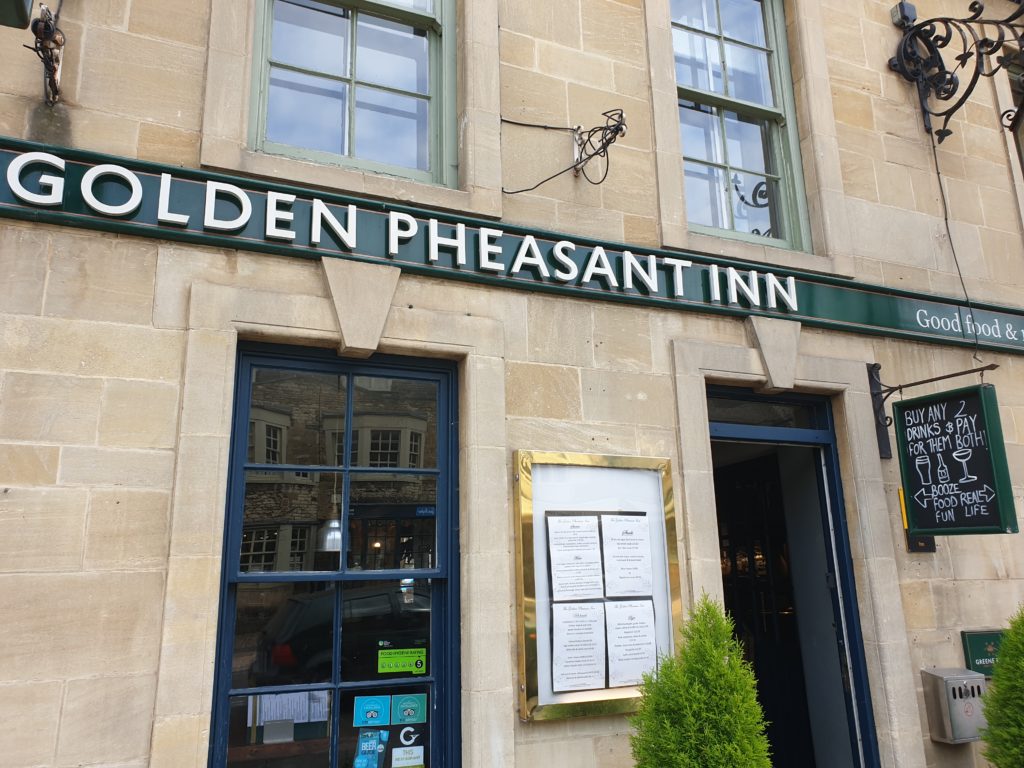
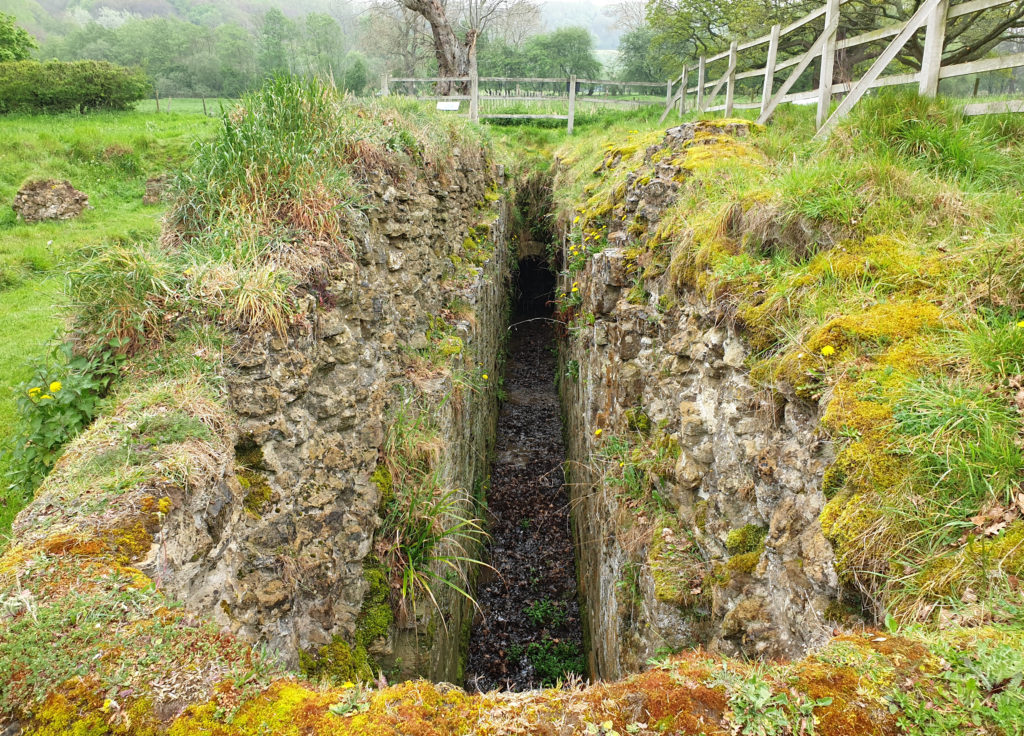
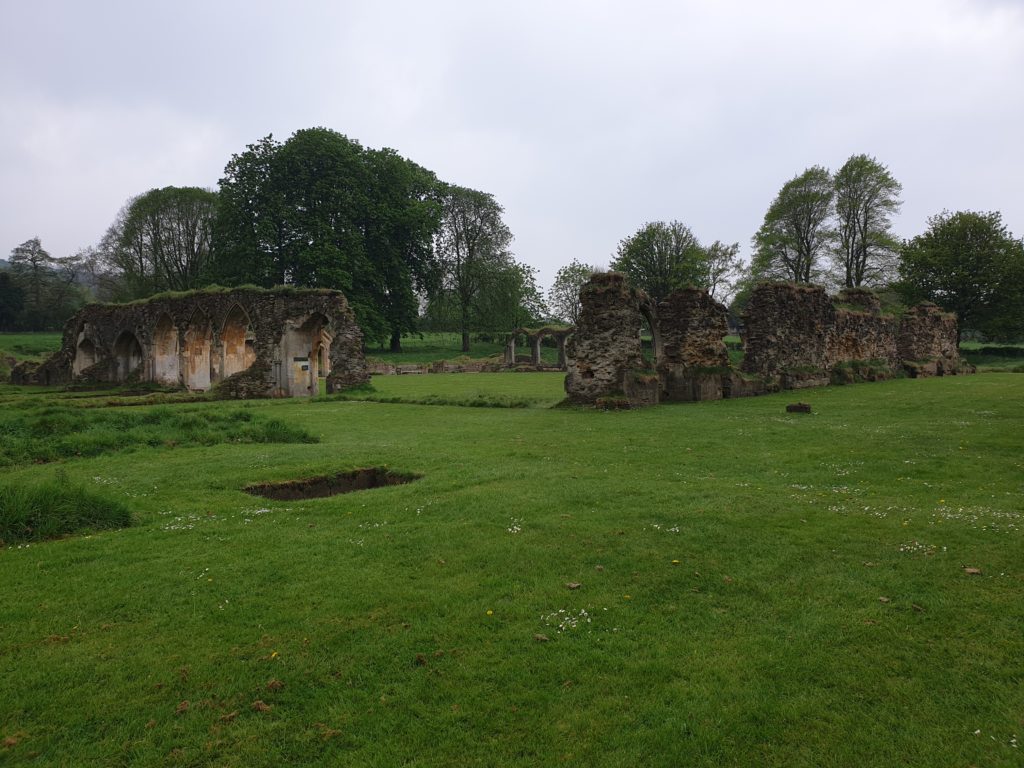
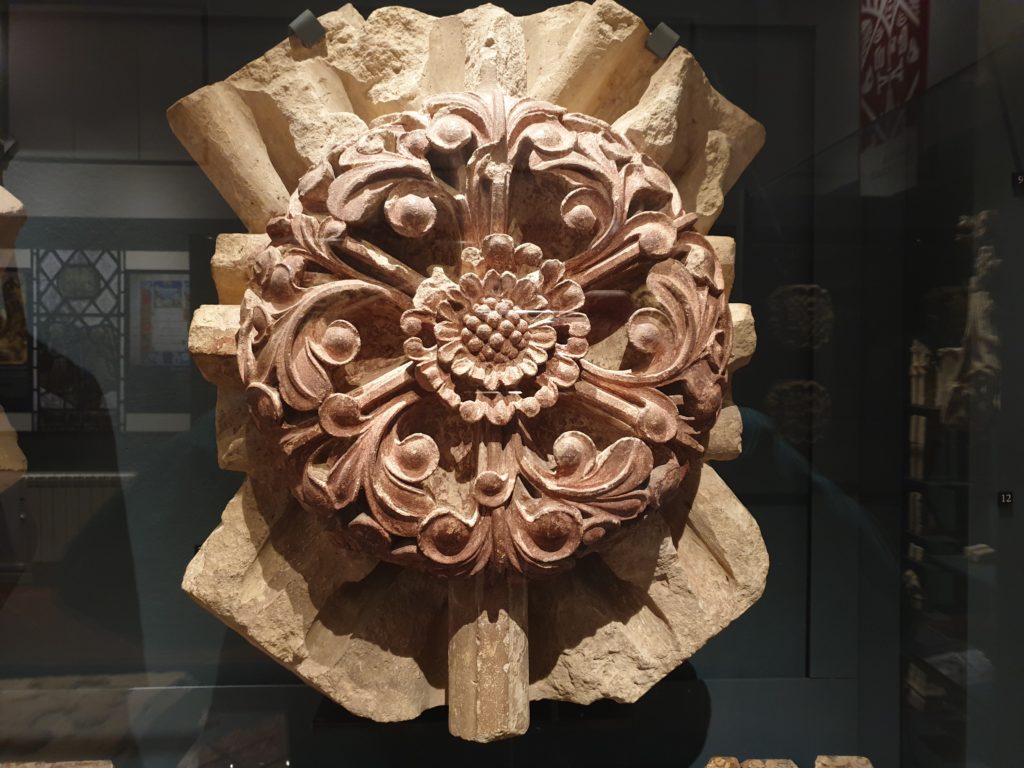
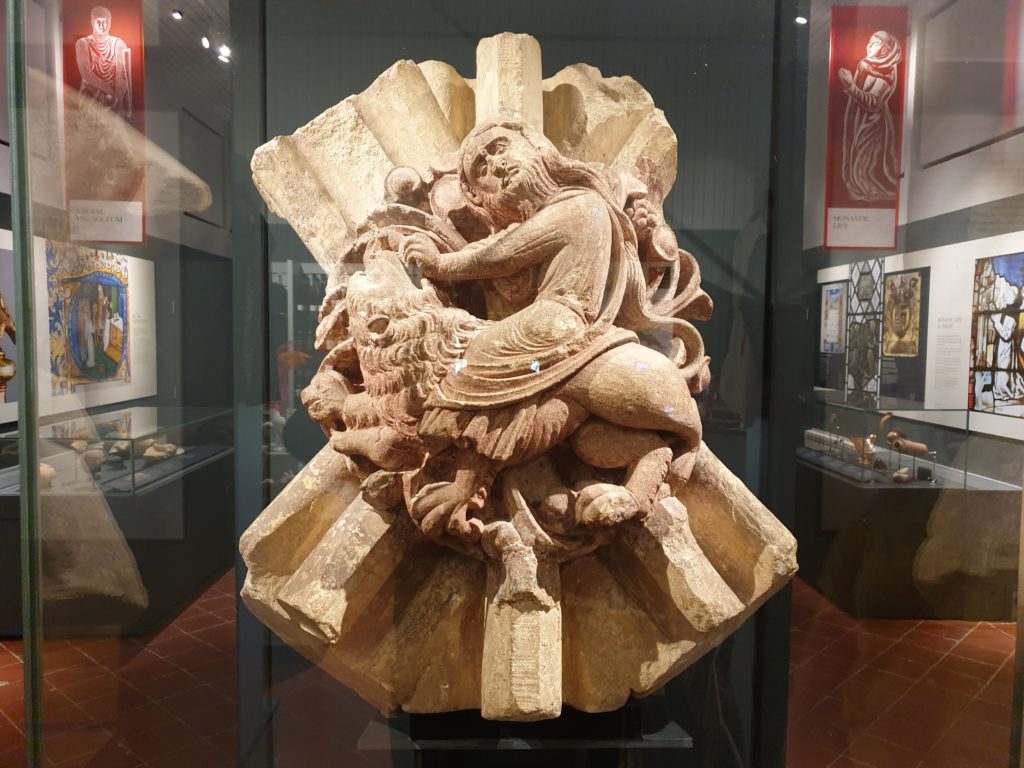

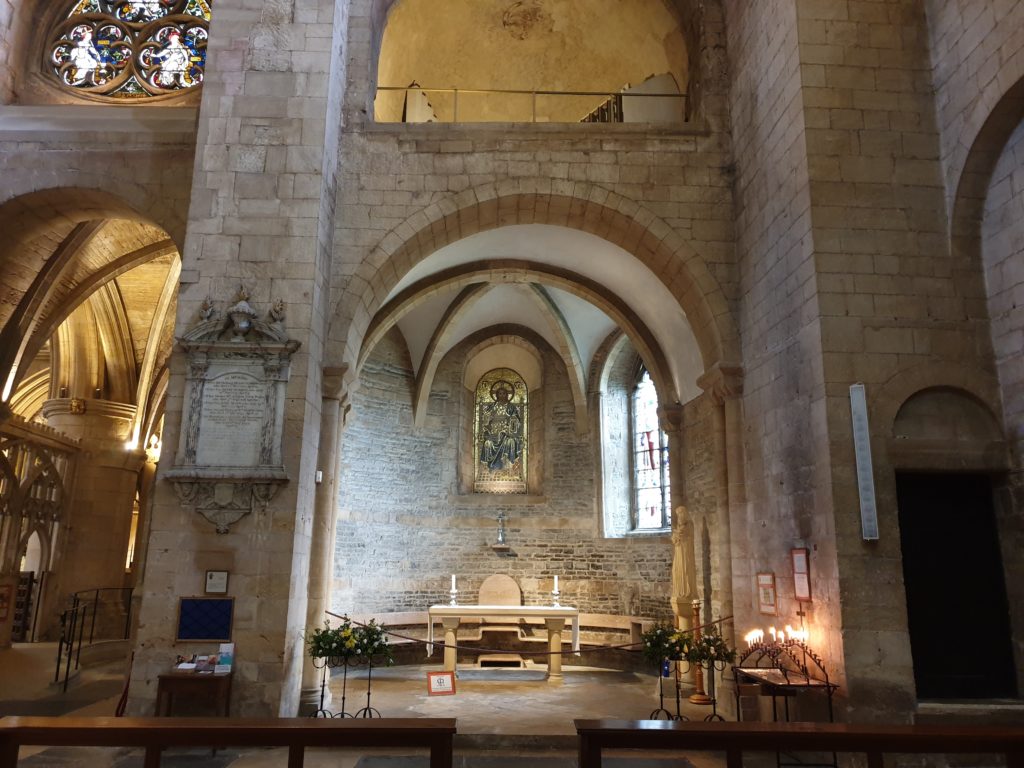
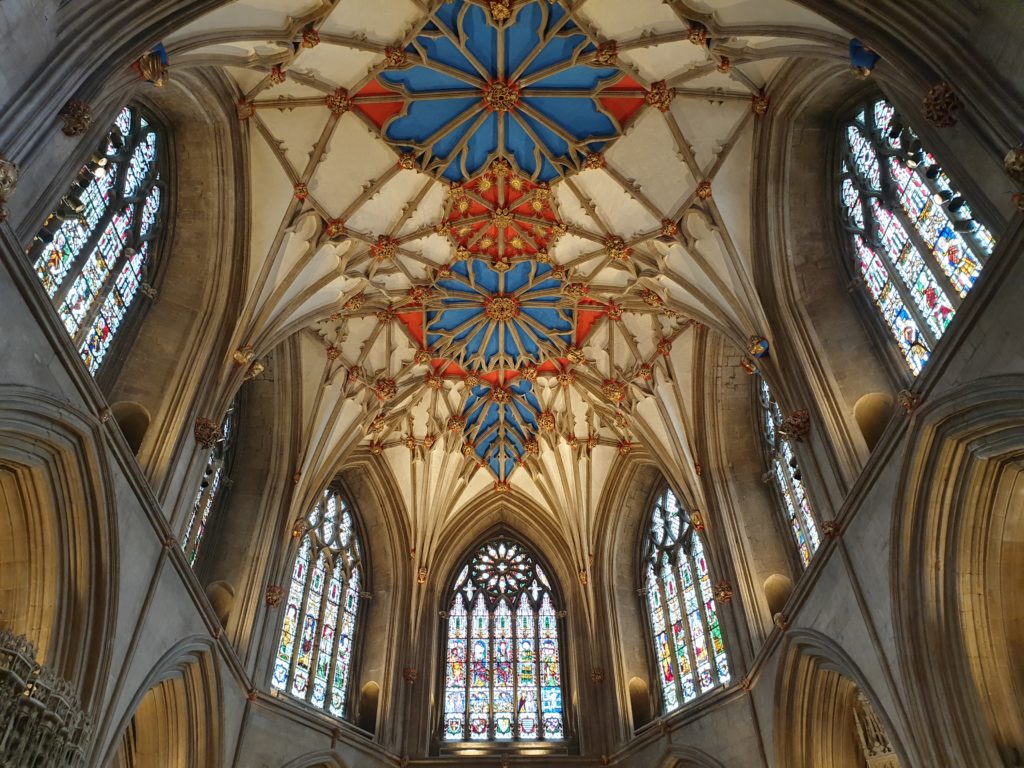
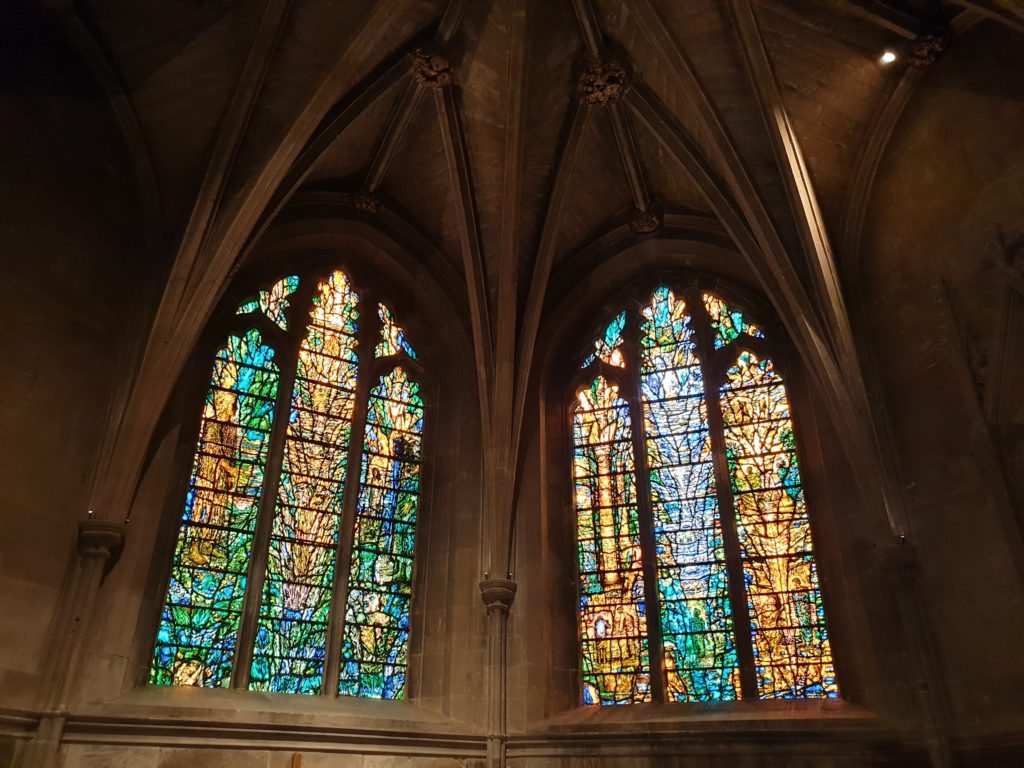
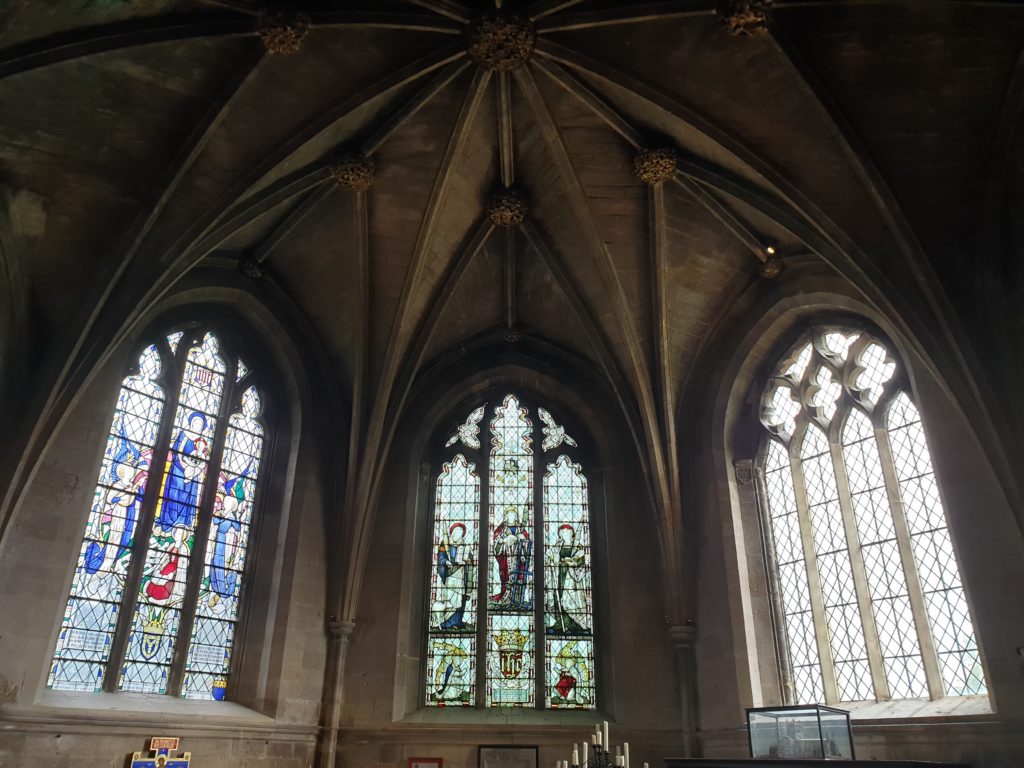
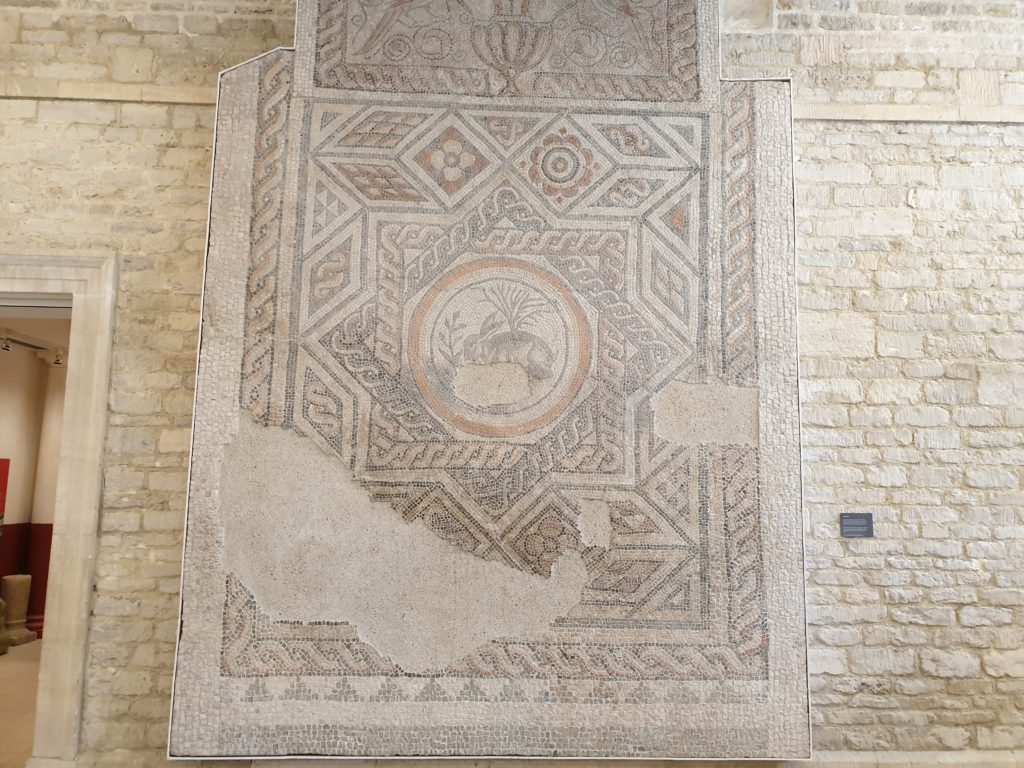
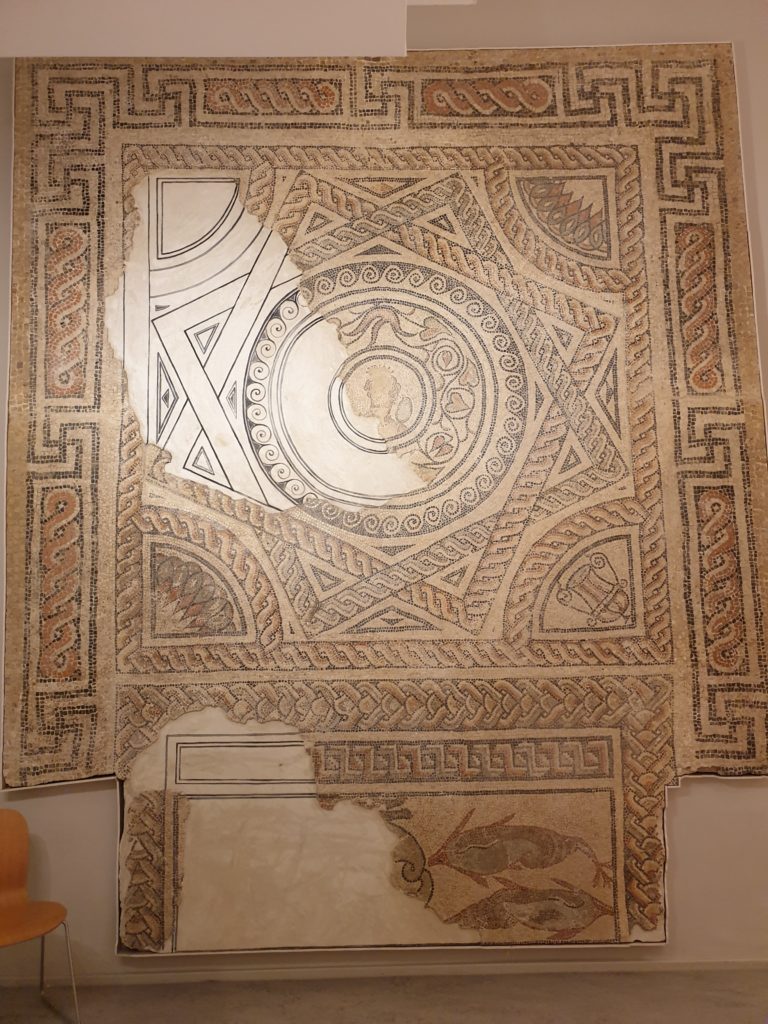
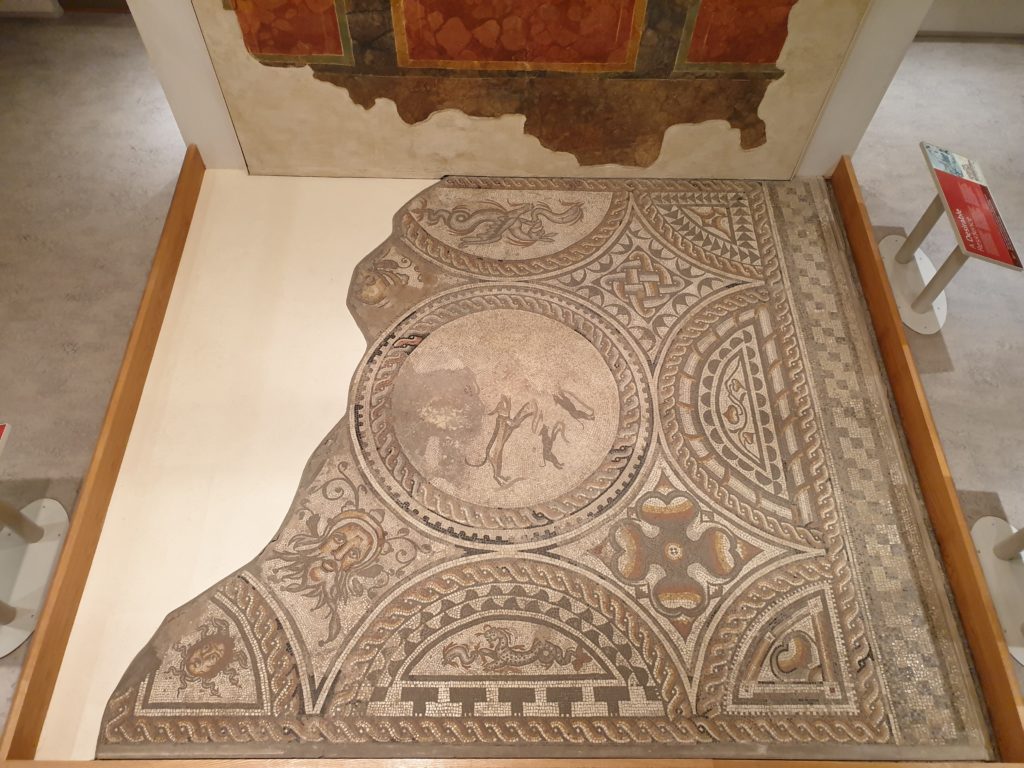
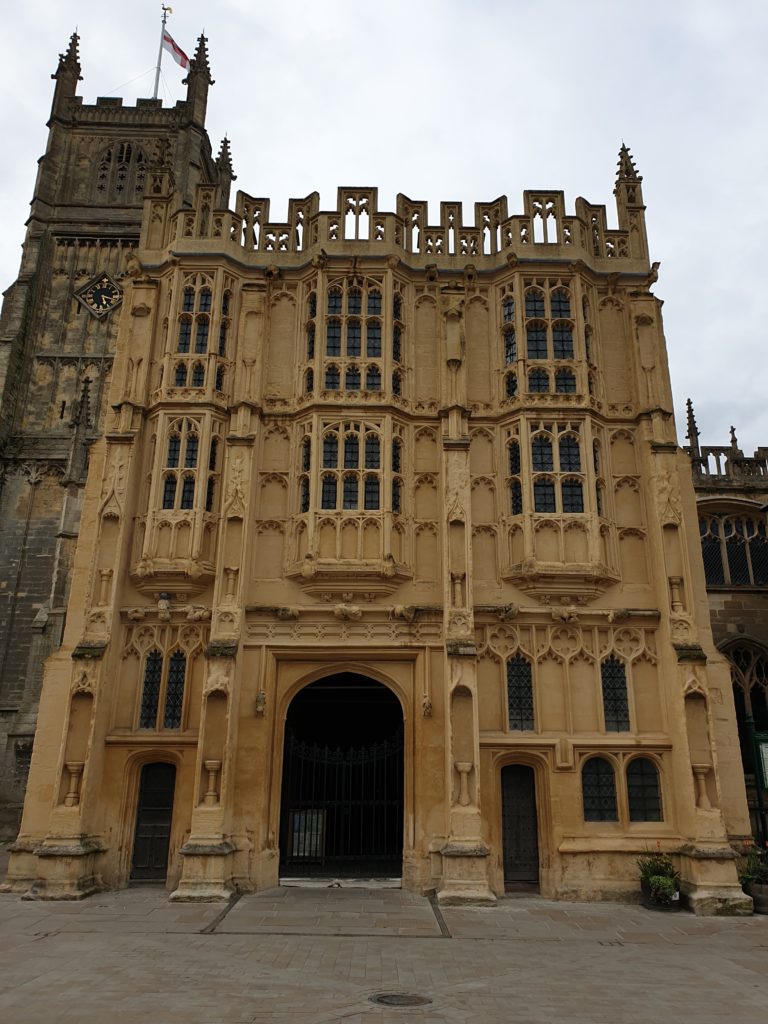
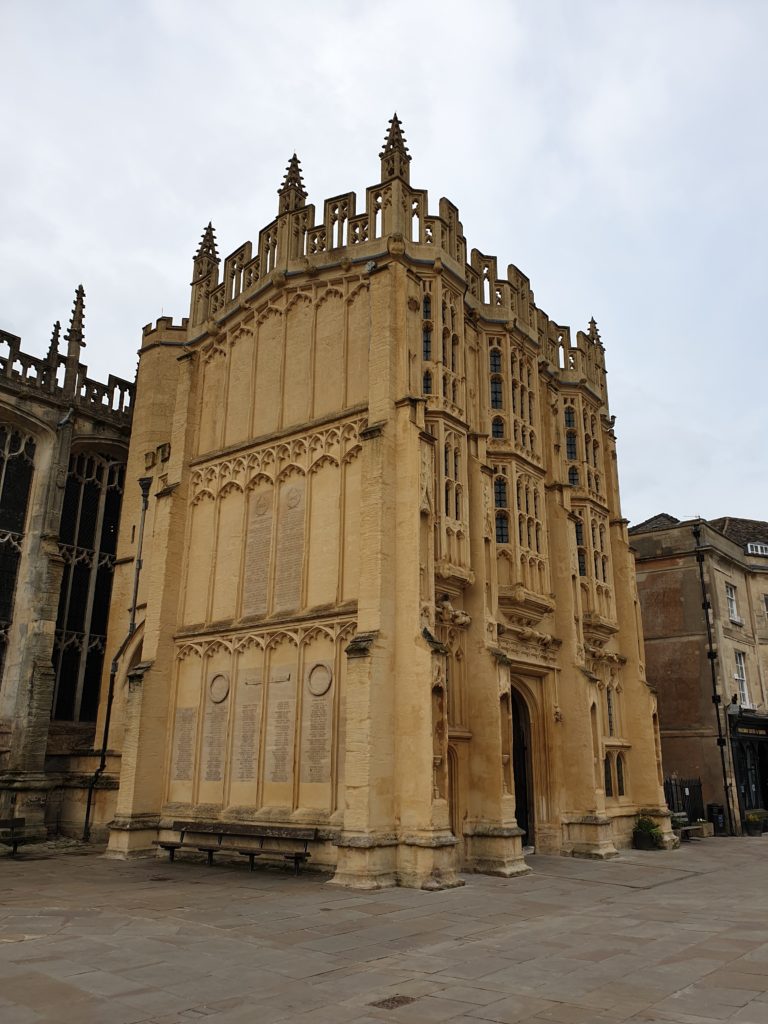
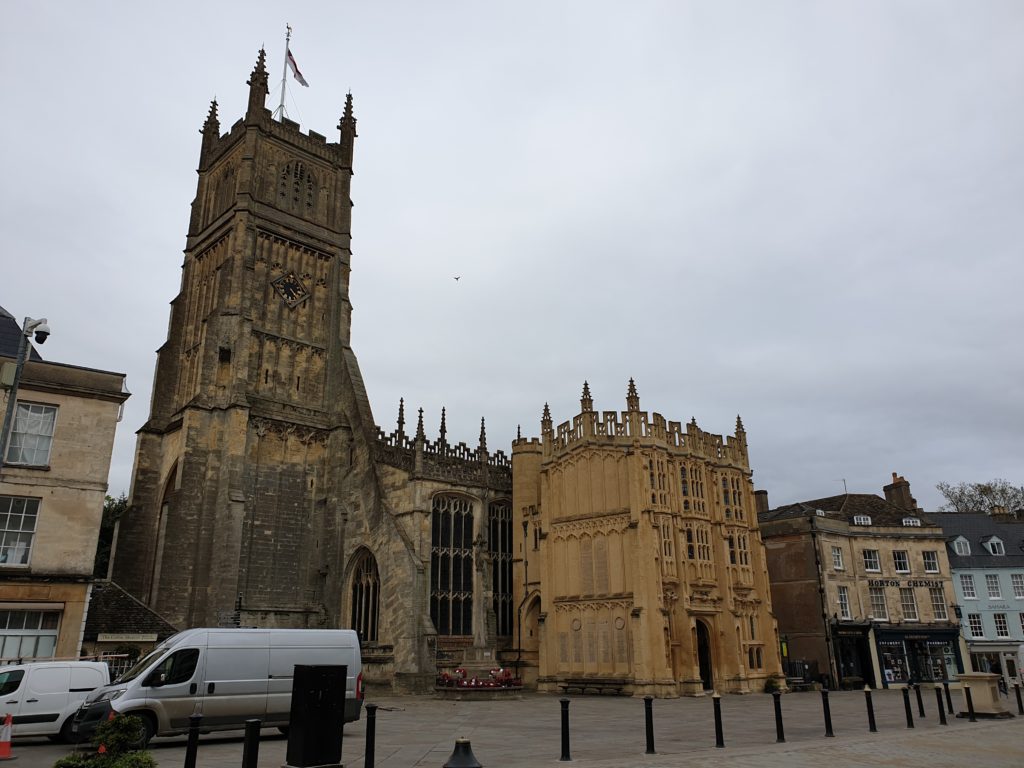
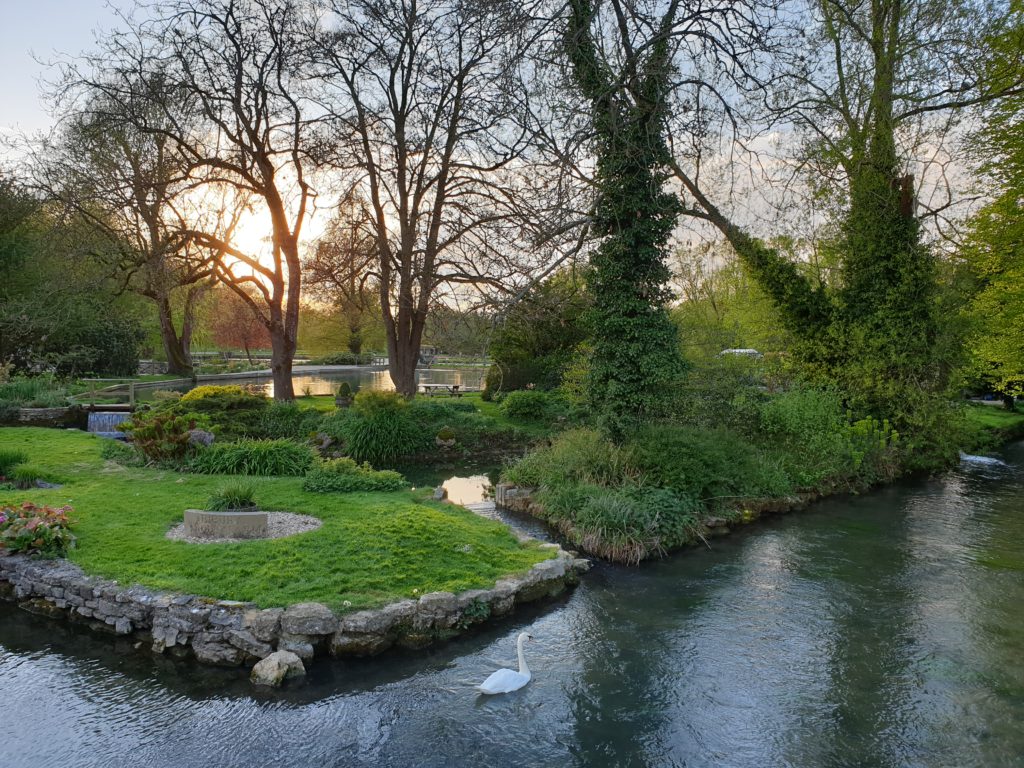
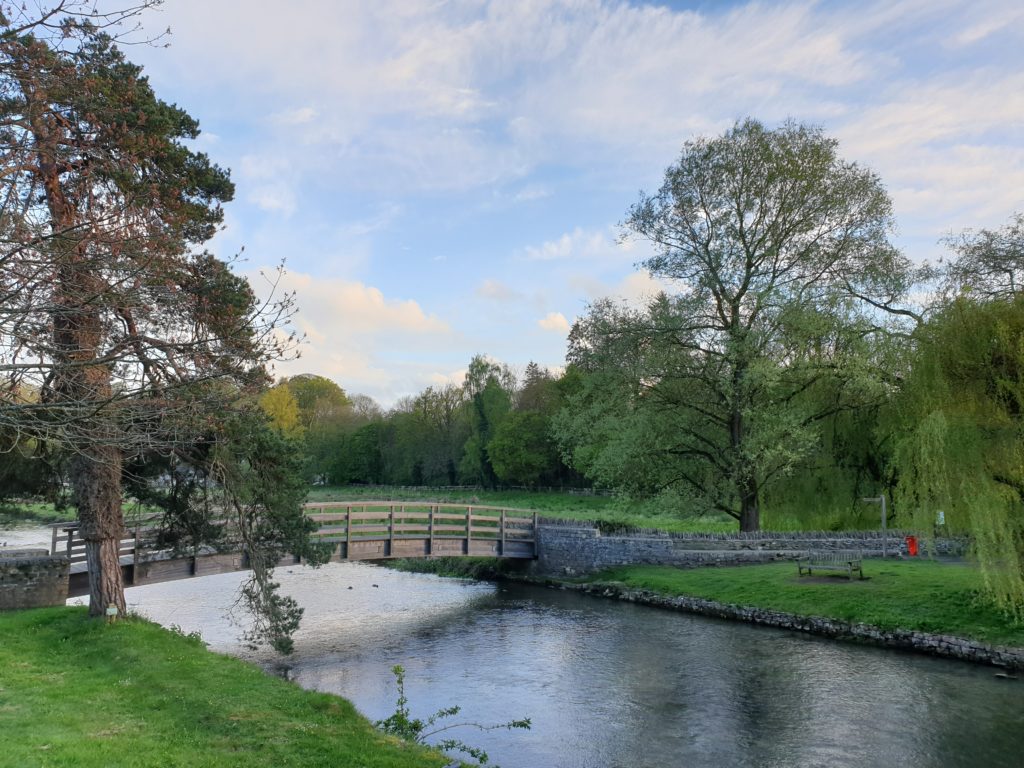
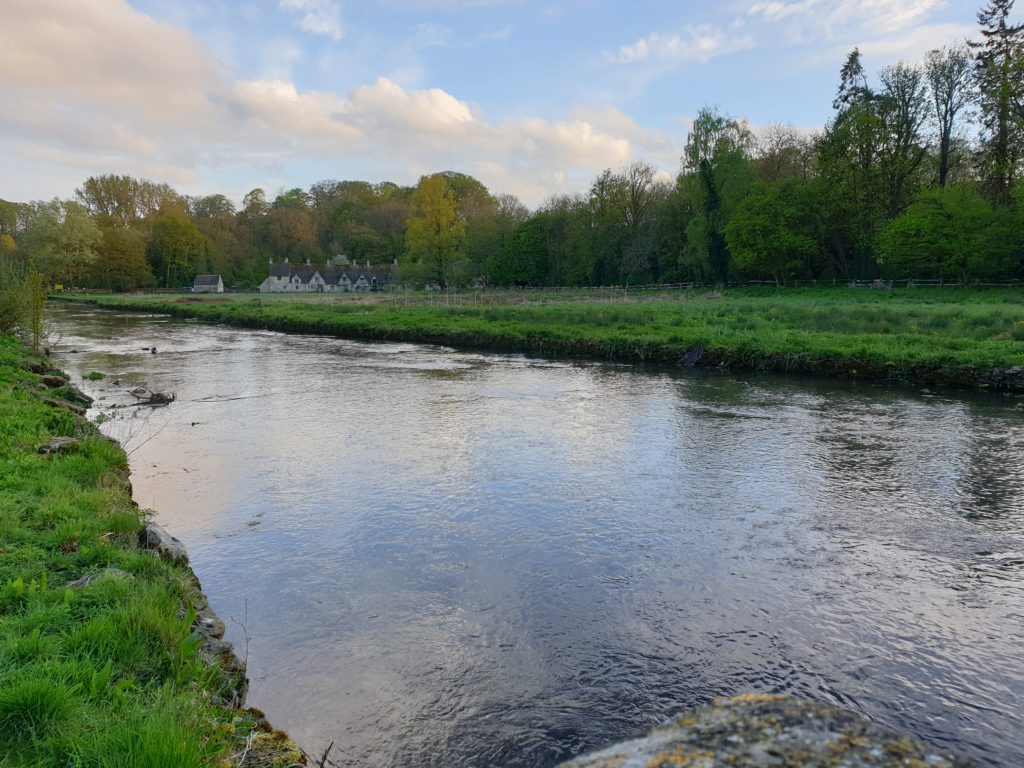
Good to see you’ve found religion Thom.
Love this blog, best yet – so much information and great pictures too.
We’ve stayed at the campsite close to Tewksbury Abbey and love the Cotswolds. Even spent the first night of our Honeymoon at Painswick not far from where you were.